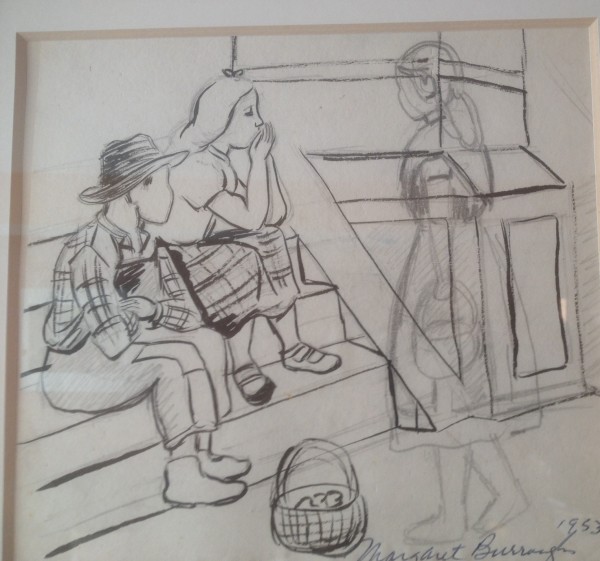
Margaret Burroughs created a voice for African-Americans that was not present until she established the DuSable Museum in her home. This home welcomed luminaries like artist Charles White, Gordon Parks, Augusta Savage and many more who related to her commitment to developing the voice of African American artists.
Margaret Burroughs was an artist herself who captured the life of children in the African American community in a very positive way. Her fame never affected her promoting the young artist of every artistic discipline.
She authored books for children like What Shall I Tell My Children Who Are Black. Dr. Burroughs creativity can be seen in her artwork that shares our appreciation for use in the settings by which individuals interpret their cultural identity.
Fascinating is the fact that Burroughs established two museums, the DuSable Museum and the South Side Community Arts Center in Chicago. Creating venues that allow African-American creative artists to fashion their culture to be previewed inside their community was critical to Burroughs’ thinking.
The Burroughs’ mansion located at 3806 South Michigan Avenue was the first home of the DuSable Museum but its history is also attached to the Pullman porters who regarded the mansion as the Quincy Club. It is from this type of socially empowering event, which took place in its history that creating a museum was seen as necessary in order for African-Americans not to have to ask permission to have their cultural voice allowed and free.
Margaret Burroughs is a true African-American and American treasure. Her spirit forged the voice of the African-American artist and broadcast their spirit of creativity from Chicago to the world.